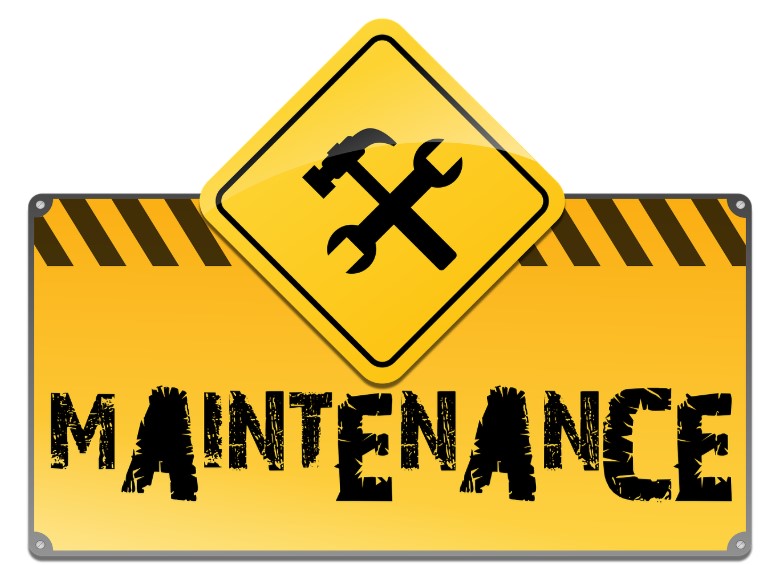Method of procedure
Contents |
[edit] Introduction
A method of procedure (MOP) is a detailed examination of the processes behind an operation. Examples of operations could include:
- Installing a new server in a data centre.
- Maintaining technical equipment in a laboratory.
- Breaking ground on a construction project.
In construction, a method of procedure is much like a construction management statement which ensures that possible impacts that may arise from the works have been appropriately identified, managed and minimised.
[edit] Components
The instructional sequence of a method of procedure provides precise step-by-step information for workers tasked with performing the action. The purpose is to control the outcome of the operation and reduce problems that may arise from guesswork or human error during the project. A method of procedure sets out to provide uniformity and accuracy while avoiding (or at least minimising) mistakes - no matter who handles the project.
A traditional method of procedure is a written document. Some methods of procedure are now available through computer software or cloud-based solutions.
Whether paper or computer based, the method of procedure should include fields and details that capture version control, author, date, tracking identification numbers and approval stamps or signatures (either digital or conventional).
A method of procedure not only includes the sequence of steps, but it also specifies tools, safety requirements and record keeping practices associated with the task. This protocol helps to reduce risk by creating processes that deliver predictable results.
For instance, a method of procedure can be given to personnel responsible for handling preventive maintenance tasks. The instructions will provide the worker with the required sequence of actions along with anticipated corresponding outcomes for verification. If an unexpected incident occurs, the worker will make a record of the event. Additional analysis of the incident may justify its inclusion in a revised method of procedure.
[edit] Templates for other processes
Once a method of procedure has been established, the process can be continually refined and improved. It can also be tested and used on new projects or suitable initiatives. For instance, the existing template could be applied to a proposed project to help shape it, and then a new method of procedure for that project could be tailored and refined.
By standardising processes (at least in their initial stages), a method of procedure creates a consistent protocol for all employees and processes throughout the organisation. It also helps prevent the introduction of initiatives that do not comply with existing methods of procedure.
On its own, a method of procedure (or several methods of procedure) can be incorporated into standard operating procedures (SOPs). Standard operating procedures are less specific and offer a more generalised overview of how workers should proceed. A method of procedure provides a breakdown of detailed steps for workers that must take place during the process.
[edit] Related articles on Designing Buildings Wiki
Featured articles and news
RTPI leader to become new CIOB Chief Executive Officer
Dr Victoria Hills MRTPI, FICE to take over after Caroline Gumble’s departure.
Social and affordable housing, a long term plan for delivery
The “Delivering a Decade of Renewal for Social and Affordable Housing” strategy sets out future path.
A change to adoptive architecture
Effects of global weather warming on architectural detailing, material choice and human interaction.
The proposed publicly owned and backed subsidiary of Homes England, to facilitate new homes.
How big is the problem and what can we do to mitigate the effects?
Overheating guidance and tools for building designers
A number of cool guides to help with the heat.
The UK's Modern Industrial Strategy: A 10 year plan
Previous consultation criticism, current key elements and general support with some persisting reservations.
Building Safety Regulator reforms
New roles, new staff and a new fast track service pave the way for a single construction regulator.
Architectural Technologist CPDs and Communications
CIAT CPD… and how you can do it!
Cooling centres and cool spaces
Managing extreme heat in cities by directing the public to places for heat stress relief and water sources.
Winter gardens: A brief history and warm variations
Extending the season with glass in different forms and terms.
Restoring Great Yarmouth's Winter Gardens
Transforming one of the least sustainable constructions imaginable.
Construction Skills Mission Board launch sector drive
Newly formed government and industry collaboration set strategy for recruiting an additional 100,000 construction workers a year.
New Architects Code comes into effect in September 2025
ARB Architects Code of Conduct and Practice available with ongoing consultation regarding guidance.
Welsh Skills Body (Medr) launches ambitious plan
The new skills body brings together funding and regulation of tertiary education and research for the devolved nation.
Paul Gandy FCIOB announced as next CIOB President
Former Tilbury Douglas CEO takes helm.
UK Infrastructure: A 10 Year Strategy. In brief with reactions
With the National Infrastructure and Service Transformation Authority (NISTA).























